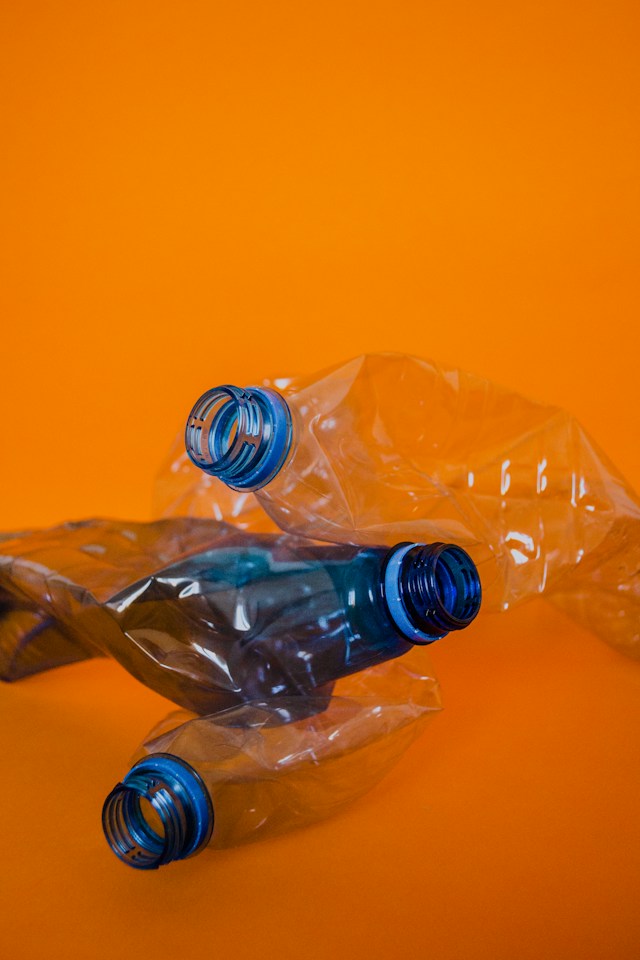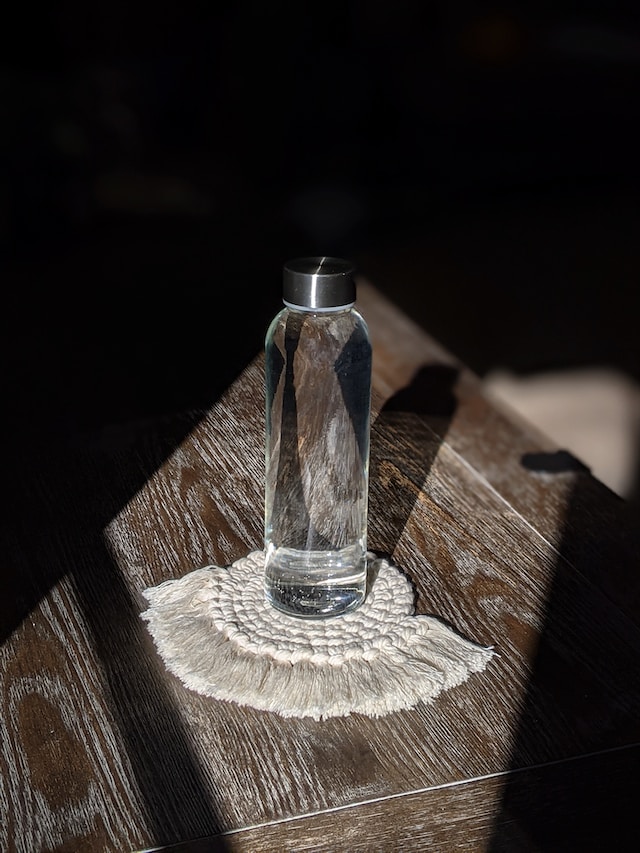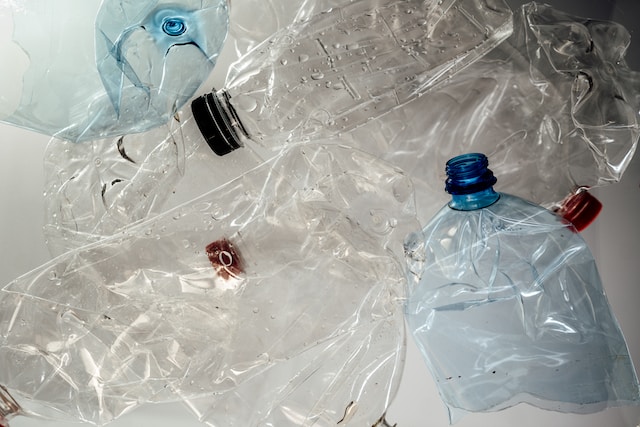Glass Water Bottles and their Benefits are resurfacing. We have realized Plastic Bottles are made of materials with too many costs. Drinking water is commercialized these days. Ironic isn’t it? We are the only animals that treat water. Every other Living thing seeks out water sources, and drinks it as is. What Shifted humans? How did our drinking water end up in bottles? In prehistoric times, our Ancestors sought and drank water from rivers, streams, lakes, and wetlands. Although, Spring water, a source of Freshwater was always scarce. Why was natural Spring Water scarce? Lets find out… Fantastic!
Perhaps, getting to the sources of Natural Spring water was treacherous. Especially since mechanical and technological advancements were not abound during those prehistoric times. The arid nature of the region in question was also a consideration for the scarcity of Freshwater – Natural Spring Water. The less rainfall, the less Freshwater was available. However, humans have always been innovative. Richard G. Roberts hypothesizes early man had an edge because he chose to HUNT for bodies of water such as Lakes, Streams and Rivers. Definitely, without question, I agree with his opinions about human creativity and its role in our collective Evolution as a Species.
Here is a Video Showing How Drinking Water is Treated Nowadays
Transition to Drinking Water from Bottles
Treatment of Drinking Water with Filtration and then, Chlorine
Every living Organism needs drinking water to survive. But, like I stated earlier, human beings are the only ones who treat water before we drinking it. When did this transition from not treating drinking water to treating our water happen? Well, lets look at some historical facts. When the need for clean water became necessary, prehistoric men and women were concerned with merely the Taste, Turbidity and Smell of their drinking water.
The physical properties of drinking water was most important. With the passing of time, disinfecting drinking by filtering out contaminant using gravel, charcoal, sand, exposure to sunlight, straining, and boiling were methods adopted to enhance the sanitary quality of drinking water as far back as 4000BC. In 1885, there was an outbreak of Cholera in London, which was linked to the unsanitary condition, and contamination of their primary water source (i.e., a well) by sewage.
Additional Treatment of Drinking Water with Filtration, Ozone and other Disinfectants
Therefore in the early 1900s, since the germ theory was already the framework to understanding and demonstrating how microorganisms had the potential to cause disease in people, the United States of America (US) focused more on reducing contaminants in drinking water. For the first time in 1908, the purifying agent used to disinfect drinking water in Jersey City, New Jersey was Chlorine. Simultaneously, ozone was used in Europe to disinfect their drinking water. Ozone was introduced into water treatment facilities in the US many decades after it was introduced in Europe.
The technological revolution in the 1960s and 1970s, led to increased pollution and contamination of our drinking water sources by man-made chemicals. Currently, Filtration, Ozone treatment, Chlorination and Chloramine are used in our water treatment facilities to disinfect our drinking water.
The Advent of Bottled Drinking Water
The first drinking water bottling company was established in the United Kingdom, in 1622 at the Holy Well. In the 1700s, there was a surge of Mineral Water bottling companies throughout Europe, and in the US because of the general belief that Mineral Water had therapeutic properties. By the way, this is still a current belief. In the late 19th and early 20th centuries, Natural Spring Water became fashionable to drink due to its perceived therapeutic qualities. During this period, natural Mineral and Spring drinking Water were stored in glass bottles only.
By the late 1960s and early 1970s, water bottling companies shifted gradually to using Glass Bottles to Plastic Bottles. These plastic bottles were made from Polyvinyl Chloride (PVC), which is a highly toxic material not suitable for packaging drinking water, or anything else for sale, or storage. By the 1980s, the transition from drinking water in Glass Bottles to Plastic Bottles was complete. Thankfully, in the 1970s, there was a shift from packaging drinking water, and soft drinks from PVC to Polyethylene terephthalate (PET) bottles, as the water bottling industry was further revolutionized. By the 1990s, Americans became very aware of the potential risk of lead in tap water, so drinking water in bottles became part of the popular culture.
Here is a Video Showing the Dangers of Drinking Water in Plastic Bottles
PET versus BPA
Ironically PET is often cited as a replace for Bisphenol A (BPA), which is a polycarbonate plastic. Since the 1930s, BPA has been known to mimic Estrogen. Despite having this knowledge, BPA exists everywhere in our everyday lives, including plastic bottle for our drinking water, and baby feed bottles. Here is some more information on BPA, how widespread and harmful it is.
Note: When items are labelled BPA free, they are usually replaced with chemicals such as Blow Fill and Seal (BPF) and Bisphenol S (BPS). Unfortunately, BFS and BPS have similar, or more harmful effects than BPA.
The Menace of PET Products on Health
Currently, most of our drinking water and other drinks, cosmetics, and food items are stored in PET containers. Or, containers lined with BPA, BPS or BFS. These are chemical materials harmful to humans. When conditions are worse than normal, PET products leach a toxic chemical called Antimony into whatever these PET containers contain. By worse than normal conditions means PET bottles start leaching when they are exposed to Juices, Heat, Soda, Light, or stored for a long Time. Wow! PET products should be a BIG health concern. Why? Because PET has been associated with various adverse health conditions. Some of these conditions are as follows:
- Disruption of the reproductive system causing Infertility in men and women
- Type 2 diabetes
- Other reproductive dysregulation conditions such as Early Puberty and Endometriosis also occur
- Endocrine dysregulation such as experiencing estrogen like effects, which cause problems in the hormonal system have been reported
There are still more effects of PET
- Defects in children and newly born babies
- Possibly cancer and other autoimmune conditions
- Bone health issues
- Obesity
- Allergies
- Asthma
What are the Alternative Types of Recommended Storage Containers for Drinking Water
Plastic bottles are very difficult to degrade. Which makes Plastic Bottles an environmental cost and health hazard, worldwide. Not only do plastic bottles take forever to degrade, there is also the microplastic epidemic, which is a true health concern because of how ubiquitous, and how deeply these microplastics have been found embedded intracellularly. Some alternatives to the use of plastic water bottles are as follows:
Here is Another Video Comparing Glass vs Plastic Water Bottles
Which is the Healthiest? My Personal Opinion… My Choice!
Glass Water Bottles – Conclusion
For me the contenders are Glass Water Bottles and Stainless Steel Water Bottles. However, in carefully comparing the advantages and disadvantages of storing drinking water in glass or stainless steel, I choose to buy Glass Water Bottles. I prefer to drink natural Spring Water because this type of water hydrates absolutely. Natural Spring Water in glass bottles mean that nutrients in the water will be preserved without the fear of having substances leach into my water. Glass bottles are made of Natural substance, and are easily degraded for recycling. Awesome, isn’t it that we have a viable alternative to plastic bottles?
Because of the widespread nature of the microplastic problem, it is possible some plastic particles might be found in Natural Spring Water even when natural spring water is stored in clear (i.e., without dye) Flint Glass Type III Bottles. But, I confidently assume that there will always be fewer microplastics in glass bottled water when compared to water stored in plastic bottles. Microplastics that find their way into drinking water stored in glass bottles is unlikely due to leaching. Rather microplastics might be introduced into drinking water in glass bottles during the collection, or bottling processes.
Conversely, though stainless steel bottles have advantages over plastic bottles, stainless steel bottles have the tendency to give a metallic smell and taste to water after a couple of uses. Therefore, for me I shall use and buy Drinking Water in Glass Bottles.
Glass Water Bottles carry the Vote of the Day for ME!!
How about you, what water bottle do you prefer as storage for your drinking water?
Related Topics
Creating Health vs Death, What do You Eat?
Sleep vs Rest – Any Differences?
Which is the Best Drinking Water?




